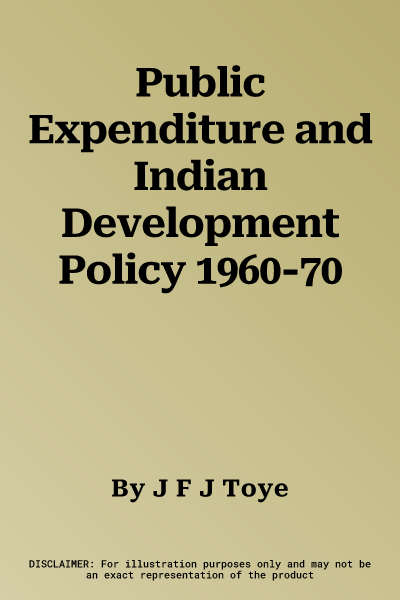J F J Toye
(Author)Public Expenditure and Indian Development Policy 1960-70Hardcover, 31 August 1981

Temporarily out of stock
Free Delivery
Cash on Delivery
15 Days
Free Returns
Secure Checkout

Part of Series
Cambridge South Asian Studies
Part of Series
Cambridge Readings in the Literature of Music
Print Length
290 pages
Language
English
Publisher
Cambridge University Press
Date Published
31 Aug 1981
ISBN-10
0521230810
ISBN-13
9780521230810
Description
Product Details
Author:
Book Format:
Hardcover
Date Published:
31 August 1981
ISBN-10:
0521230810
ISBN-13:
9780521230810
Language:
English
Location:
Cambridge
Pages:
290
Publisher: